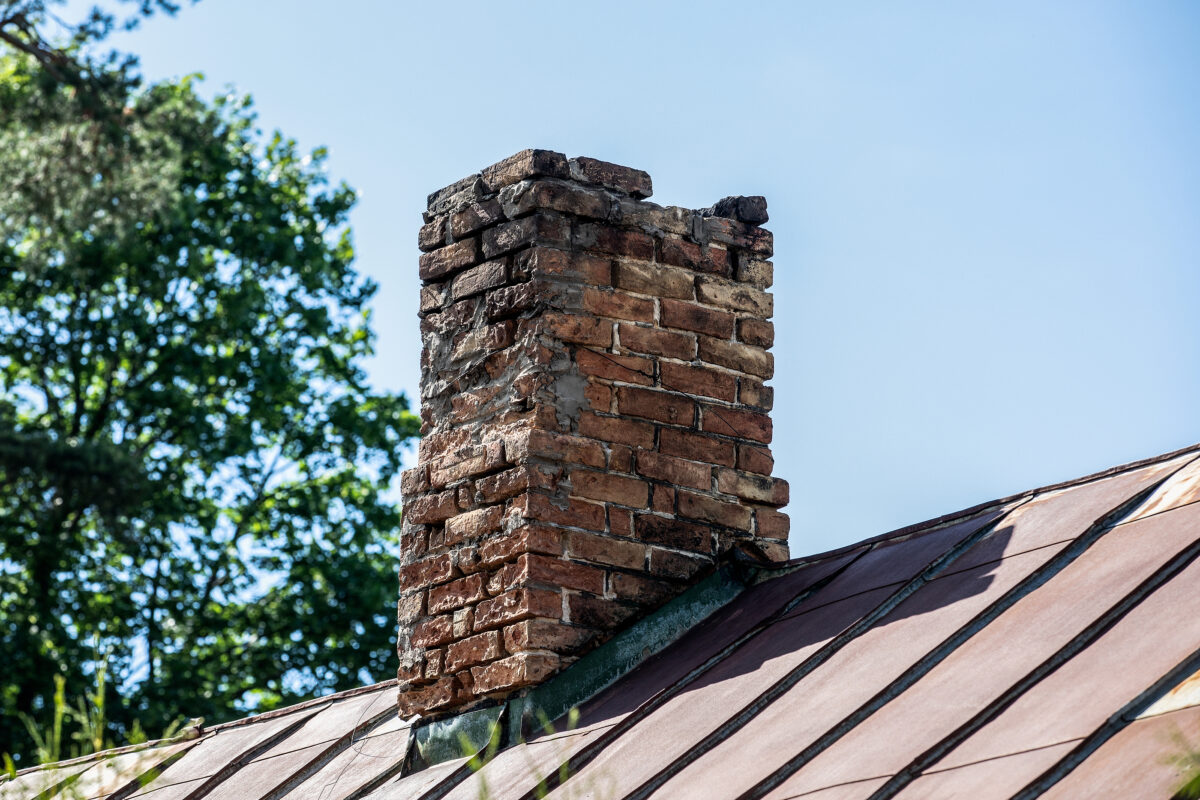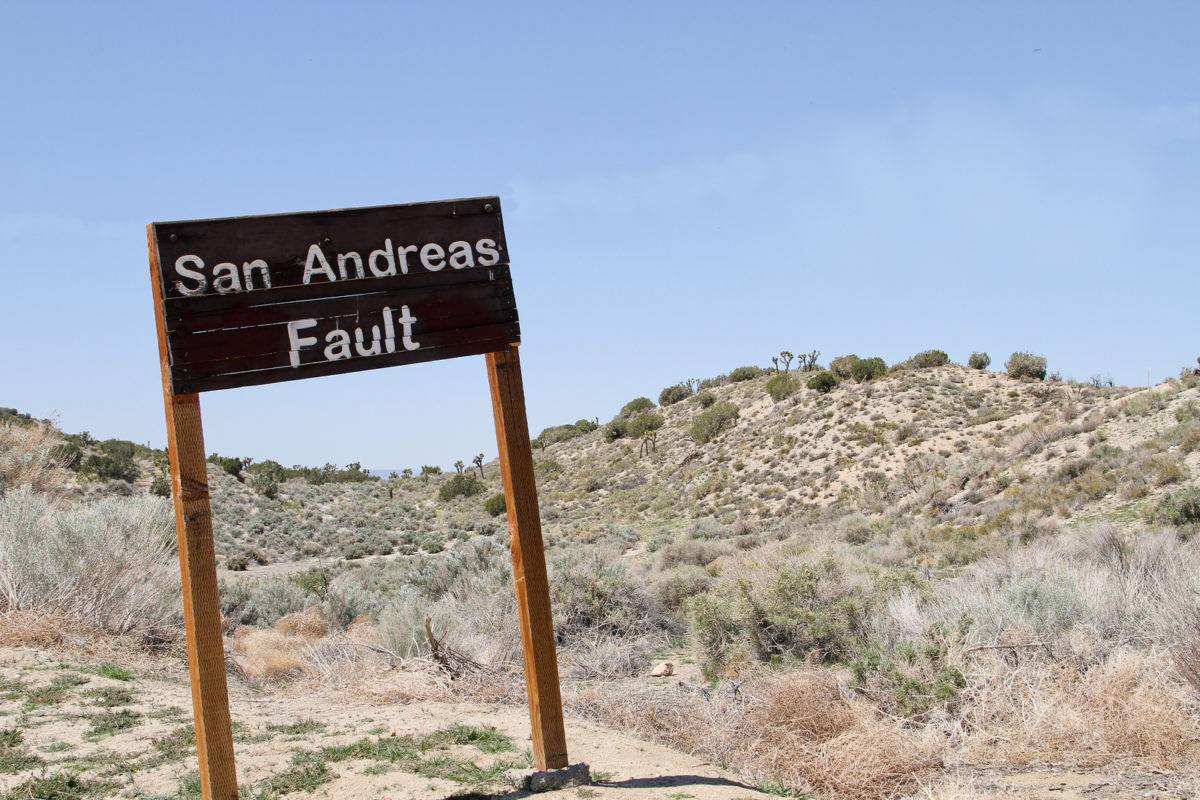The devastation of the recent Earthquake in Mexico is a reminder that the same could, and has, happened in California. Long term California residents will remember several damaging and in some cases lethal earthquakes in their lifetime. Earthquake preparedness experts warn that the likelihood California will experience another serious quake in the next 20 years is very high, with the San Francisco Bay Area expected to be the worst hit.
And yet despite these risks, homeowners neglect the one thing that could prevent the most common form of damage in an earthquake: chimney repair.
Chimney Collapse is The Most Common Form of Earthquake Damage
Historically, chimney collapse is the most common form of damage due to earthquakes across the country. And yet chimney repair and reinforcement is the most commonly ignored effort for earthquake preparation.
Chimney masonry repair or even chimney removal is likely to slip your mind if you no longer use your masonry chimney. But simply leaving your chimney standing with no reinforcement or maintenance is a recipe for earthquake disaster.
Even with low-level ground shaking, chimneys start to fail and bricks fall. This is particularly common in masonry chimneys built before 1980 where the mortar may be already worn down and the structure of the chimney is brittle. But even in younger chimneys the mortar can become weak or cracked due to weather and time, leaving masonry chimneys vulnerable to collapse even with a small earthquake.
Collapsing Chimneys Extremely Hazardous
Structural engineers say that masonry chimneys are usually the first thing to go in a quake of any size, and can rapidly cause damage to surrounding buildings, cars, and people. At least 15,000 brick chimneys were damaged in Los Angeles during the 1994 Northridge earthquake, while in Napa, about half of the residential buildings damaged were due to brick chimneys.
Several deaths and injuries have also been caused by falling chimney bricks in the last significant California earthquakes, many of them involving children. When chimneys start to collapse, even during a relatively minor earthquake, bricks become deadly projectiles capable of causing severe damage.
Earthquake Proof Chimneys To Prevent Chimney Damage
When quake-proofing your home, don’t overlook your chimney. If you have a masonry chimney in your home, it is essential you call a chimney professional for an inspection and analysis of the chimney strength. This is very difficult to assess with an untrained eye. But if you can see visible cracks or gaps in the mortar of your chimney, it’s a clear sign your chimney needs urgent repair.
Masonry chimneys can be repaired and retrofitted to increase their strength, which prevents the likelihood of collapse in the event of an earthquake. Chimney repointing can help to replace masonry chimney mortar, but may not be enough earthquake preparedness on It’s own to reinforce a chimney. Retrofitting is the minimum step you should take to keep your home and your family safe from chimney damage during an earthquake. You can also discuss other options, such as chimney removal or replacement, after an inspection and consultation with a chimney professional.
Ensuring your chimney is safe and secure is essential for earthquake preparation, and shouldn’t be put off any longer. Call your local chimney professional today to book an inspection and discuss the best solution to keep your chimney earthquake safe.


